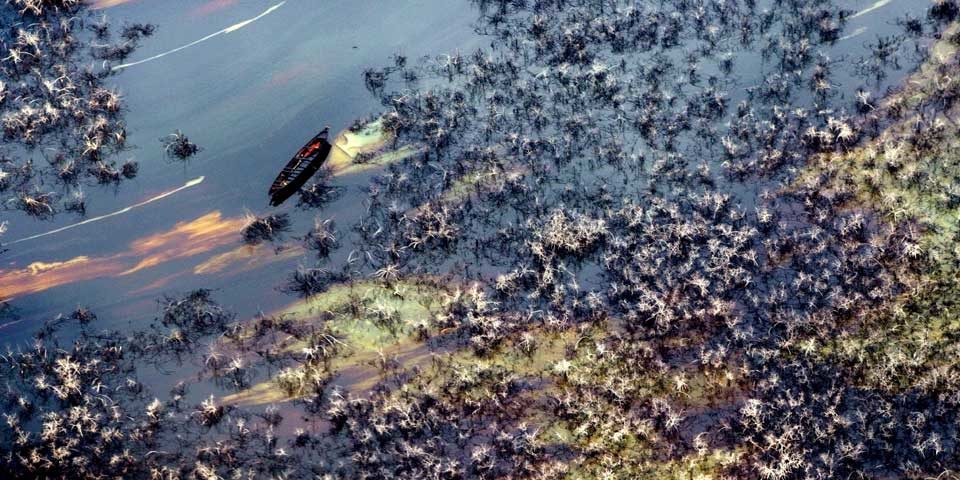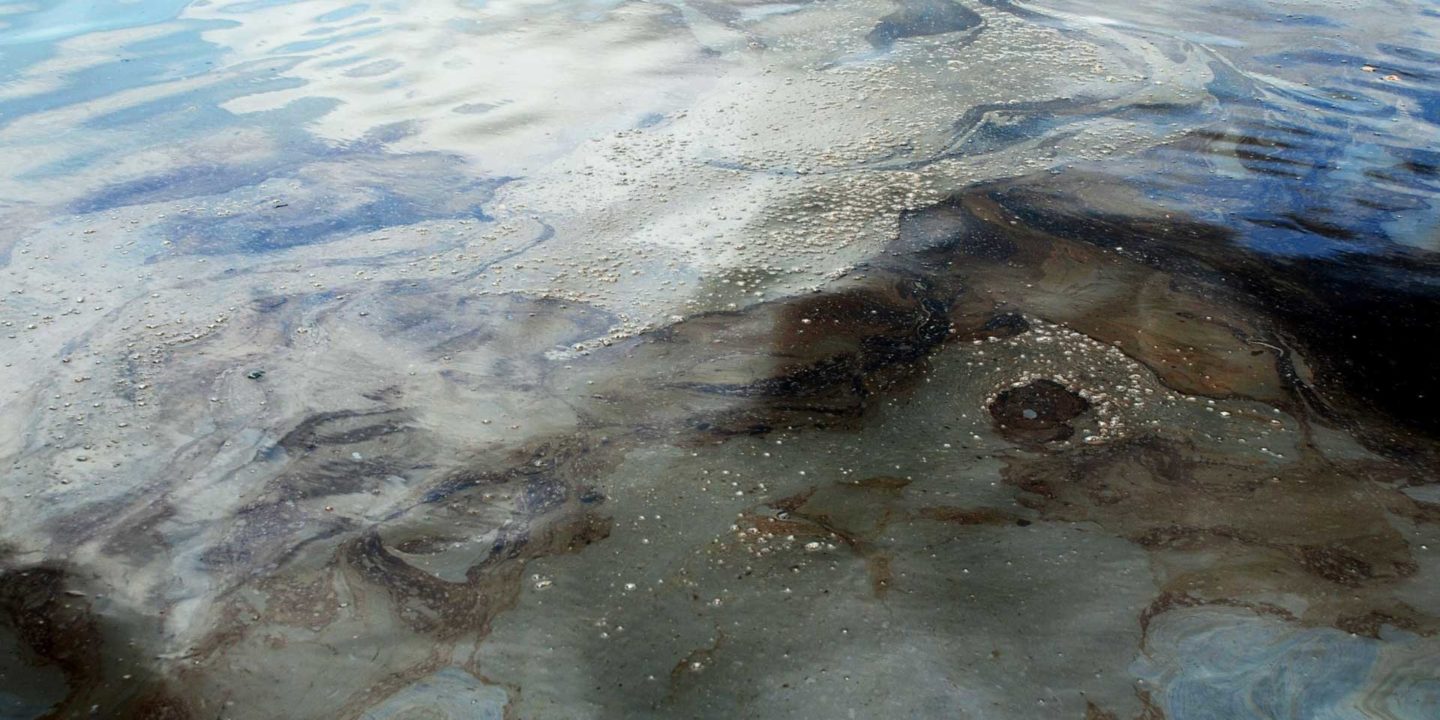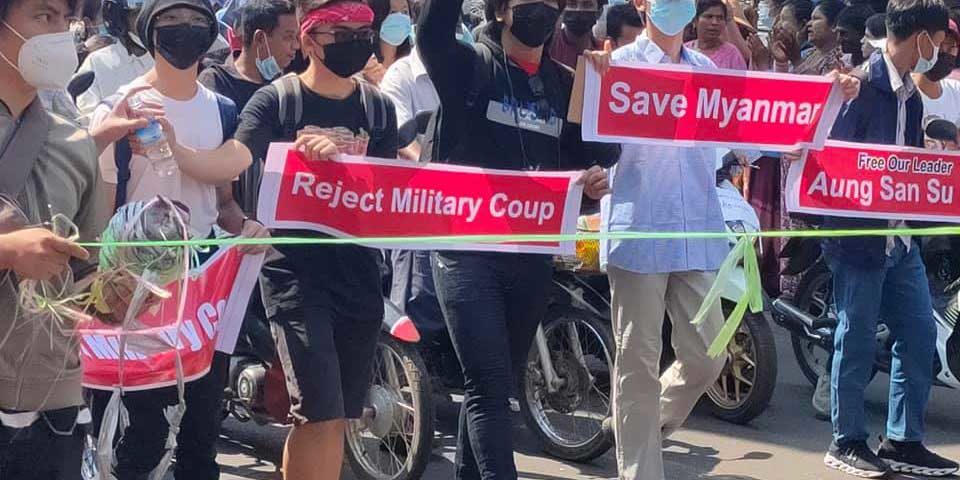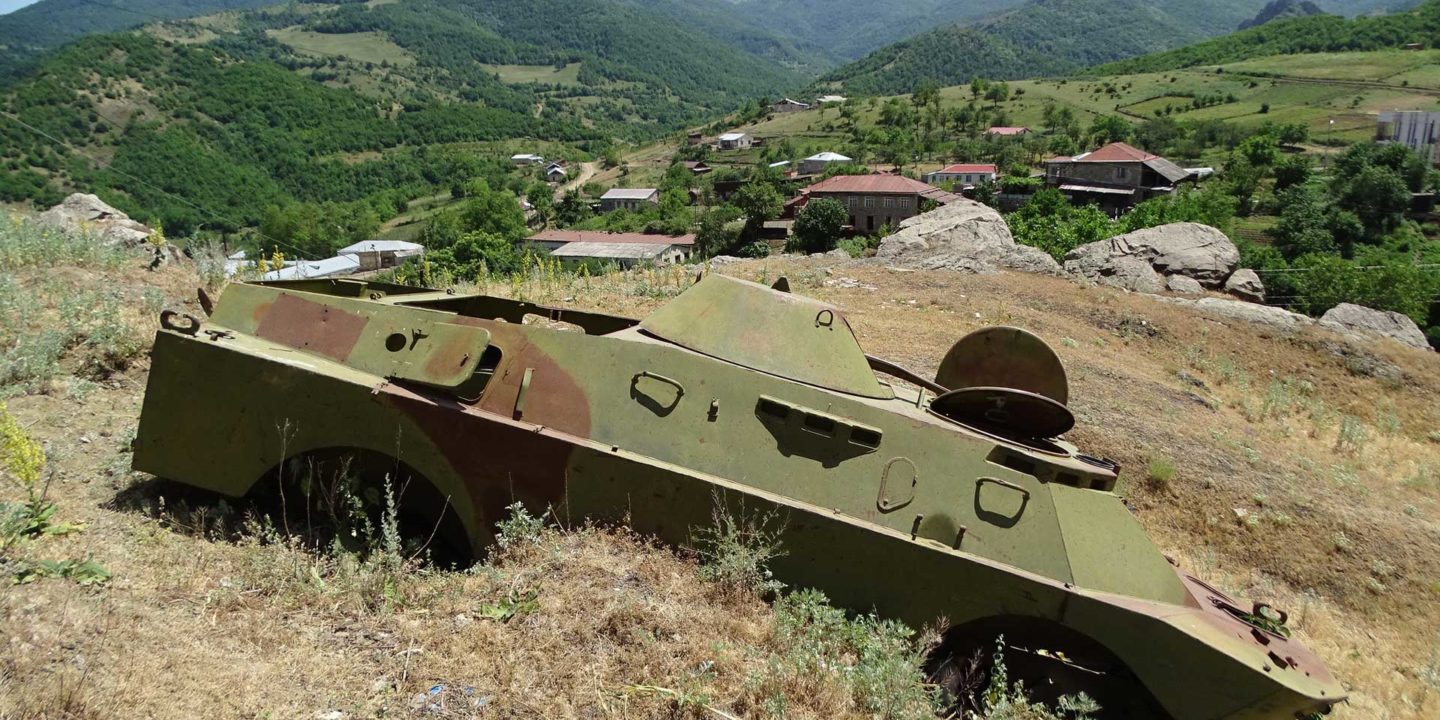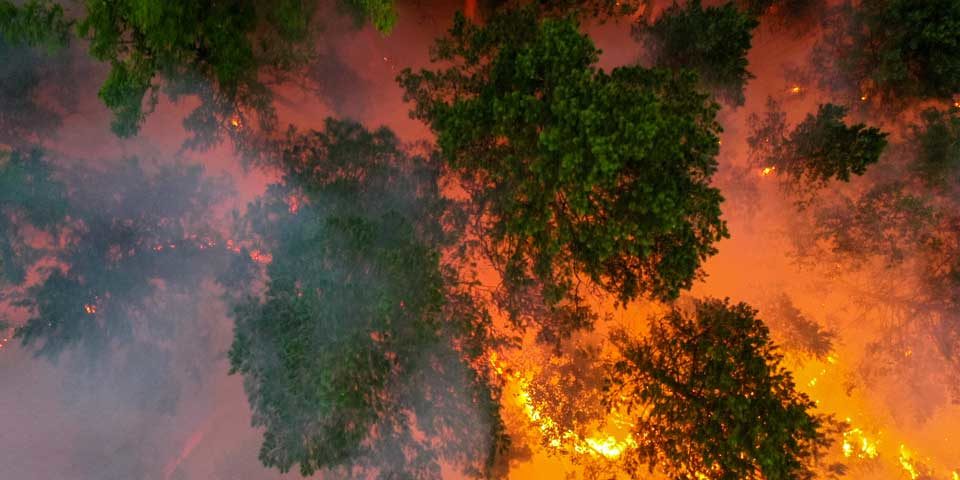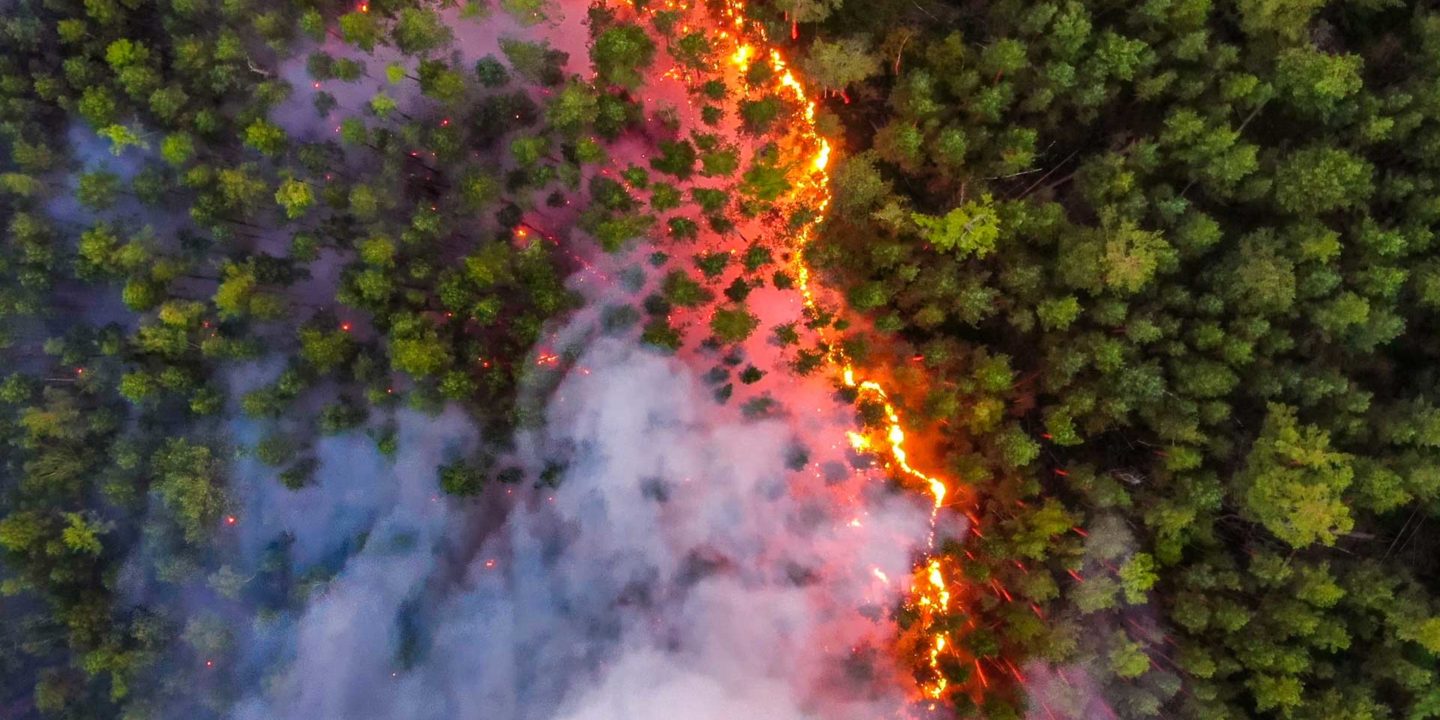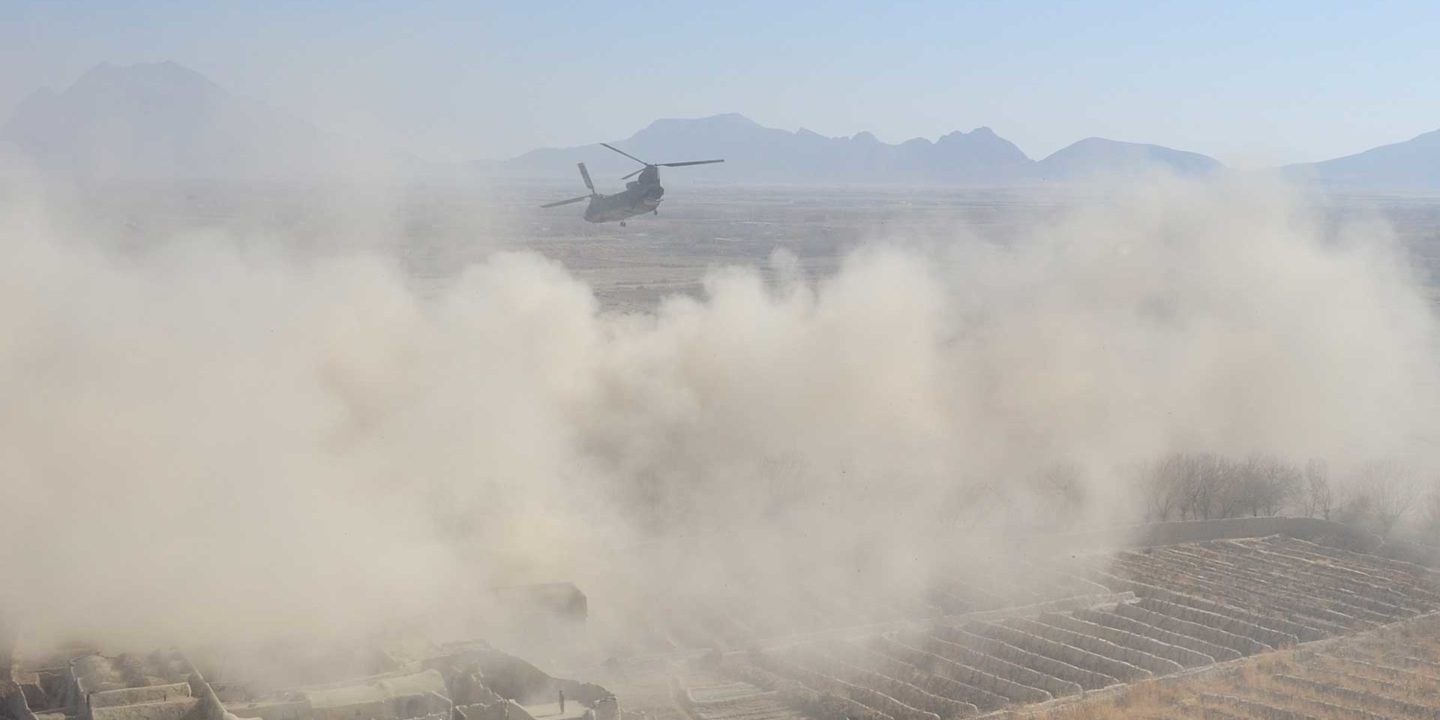Improving corporate conduct in areas affected by armed conflicts
We explore a new CEOBS report that examines how states and the private sector could use international guidelines to reduce the environmental harm associated with corporate activities in fragile and conflict affected areas.

